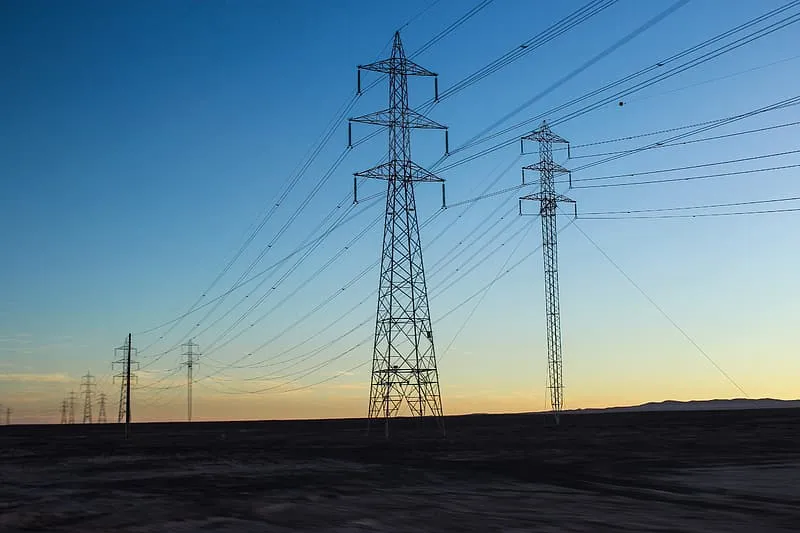Amid a devastating land sinking incident in Ramban that caused damage to over 50 houses, crucial electricity towers, and a receiving station, the power import to Kashmir has remarkably remained unaffected.
This has been made possible due to the timely commissioning of a critical transmission line via the Mughal Road.
The incident saw a significant portion of land giving way, resulting in widespread destruction of infrastructure and residential properties in the area.
However, the swift response from authorities and the strategic power transmission network have ensured that Kashmir continues to receive a supply of electricity.
According to Power Development Department (PDD) officials, Kashmir’s connection to the Northern Grid is facilitated through multiple transmission lines, including two 400 kV double-circuit lines, running from the Grid Substation (GSS) Kishanpur in Jammu to New Wanpoh in Kashmir, passing through the Peer Top (Jawahar Tunnel) route.
Additionally, there is a 220 kV double-circuit line operated by the Jammu and Kashmir Power Transmission Corporation Limited (JKPTCL), which also traverses the Peer Top route.
“All three transmission lines passing through the Peer Top route have been taken out of service due to tower collapses or as a precautionary measure. However, the transmission line via the Mughal Road is currently capable of meeting the valley’s power demand, ensuring an uninterrupted supply,” a senior PDD official said.
The alternate 400 kV double-circuit transmission line laid through the Mughal Road from GSS Samba in Jammu to Amargarh in Kashmir has proven to be a lifeline in the wake of the Ramban incident, officials said.
Commissioned in 2018, a 400kV double circuit transmission line stretching from Jalandhar in Punjab to Amargarh in North Kashmir is proving to be a game changer.
This unique extra high voltage (EHV) project, dedicated to the nation in March 2018 by Prime Minister Narendra Modi, traverses an entirely new route via Rajouri and Shopian to deliver power to Kashmir.
Before this ambitious transmission corridor, all electricity supply lines to Kashmir passed through the Pir Panjal range, leaving Kashmir vulnerable to extended outages from natural calamities.
A harsh lesson was learned in January 2012 when heavy snowfall caused the complete collapse of the power supply after all three existing links between Jammu and Kashmir were disrupted.
“We were paralysed without electricity for days, bringing the Valley to a standstill,” recalls a retired engineer of the PDD. “It highlighted how dependent we were on that single corridor and the urgency of establishing an alternate route.”
By circumventing the problematic Pir Panjal range entirely, this system can continue supplying power even if the existing supply lines are disrupted.
Furthermore, the large 400/220kV substation augments transmission capacity to meet rising energy demands in the Northern Valley.
“This project marks a new era of energy security and self-sufficiency for Kashmir,” he said.
In the distribution sector, the land sinking has caused damage to one 33/11 kV Receiving Station at Kanga in Ramban, as well as the 33 kV line feeding the Sangaldan and Gool Receiving Stations.
“This has affected the power supply to approximately 9000 households. Authorities have stated that power supply to around 2500 households is expected to be restored within three days by supplying power through alternate 11 kV lines. The restoration time for the remaining households is currently being assessed,” the retired PDD engineer said.
While the new transmission line is being hailed as a major development, there are growing calls for the government to plan further transmission corridors to ensure even greater energy security for Kashmir. Experts argue that despite the progress, Kashmir still has an over-reliance on just two main power supply routes.







